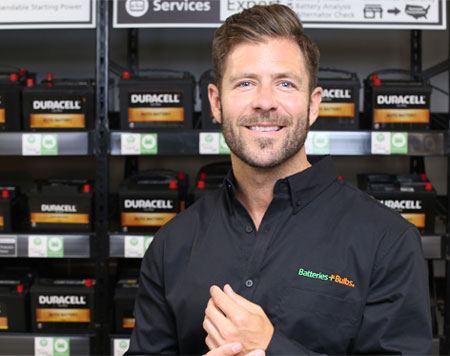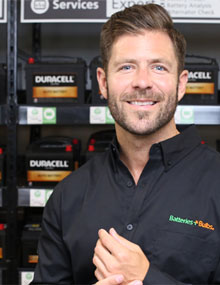Simple Steps to Changing Your Car Battery
So, you need to replace your car battery and you're thinking about doing it yourself? We can help! Even if you're a first-timer, changing a car battery can be a fairly quick and easy process as long as you have the right equipment and follow instructions. Use this guide from Batteries Plus Bulbs to help you get started, and follow the simple steps to disconnect your old car battery and install your new one.
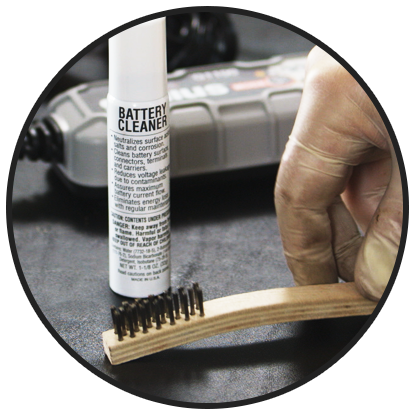
Part 1: Getting Prepped
Before changing a car battery, you need the right supplies and tools to get the job done well. Keep gloves and protective glasses ready – after all, safety always comes first. Then, make sure you've got the necessary tools, including a battery tender, a socket set to remove brackets and cleaning supplies, like baking soda, a brush and corrosion protection spray.
Find the Right Replacement Car Battery
Of course, you'll also need a new battery to replace the old one you're removing. Find the best battery for your car at Batteries Plus. We can help you get the right fit for your make and model.
Already know what you need? Search our wide selection of car and truck batteries for the brand, model and year of your vehicle.
Once you've got your new battery and supplies, you're ready to move onto the next phase.
Part 2: Disconnecting and Removing a Car Battery
Wearing your gloves and safety glasses, follow these simple steps to disconnect the car battery and remove it safely:
- Pop the hood and locate the battery.
- Unfasten the screws or restraining system holding the battery in place.
- Locate the terminals/posts.
- Before disconnecting cables, use a battery tender to ensure the electronic settings, like radio presets and seat settings, aren't lost.
- Disconnect the negative terminal first, then the positive one.
- Lift the battery out.
- Clean the battery tray and terminal clamps – you can use baking soda mixed with water as a cleaner, then grab a brush to scrub the corrosion.
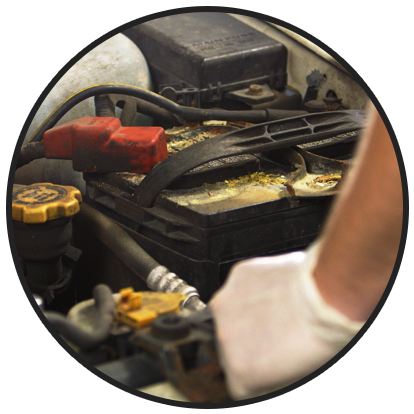
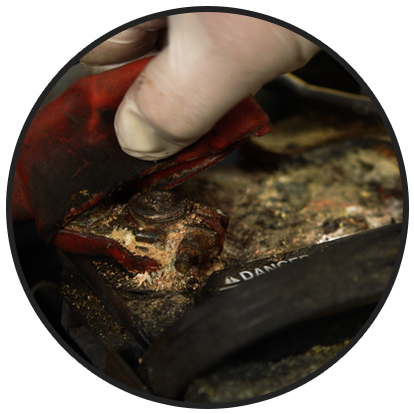
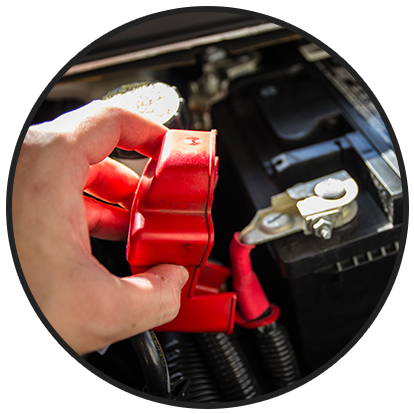
Part 3: New Car Battery Installation
With a freshly cleaned setting, you can begin the battery installation process by following these steps:
- Insert the new battery into the tray.
Tip: Use a permanent marker to write the date you bought the battery somewhere on the battery sticker as a record. - Spray metal components with anti-corrosion spray.
- Using a battery tender, connect the positive terminal with the positive cable.
- Connect the negative terminal with the negative cable.
- Remove the battery tender.
- Secure the battery with the clamp or bracket that holds it in place.
- Tighten all fasteners, close the hood and start car to check that everything is working correctly.
Bonus: Support the lifespan and performance of your current battery with our tips on keeping batteries fresh.
Part 4: Disposing the Old Battery
Once you've got your new battery properly installed, you need to safely dispose of the old one. Drop it off at the recycling program at any Batteries Plus Bulbs store location for safe, convenient and eco-friendly battery disposal.
Now you know how to change a car battery yourself. If you decide you don't want to try DIY car battery installation, we offer expert installation on most vehicles at participating stores. Contact a Batteries Plus near you to learn more.
